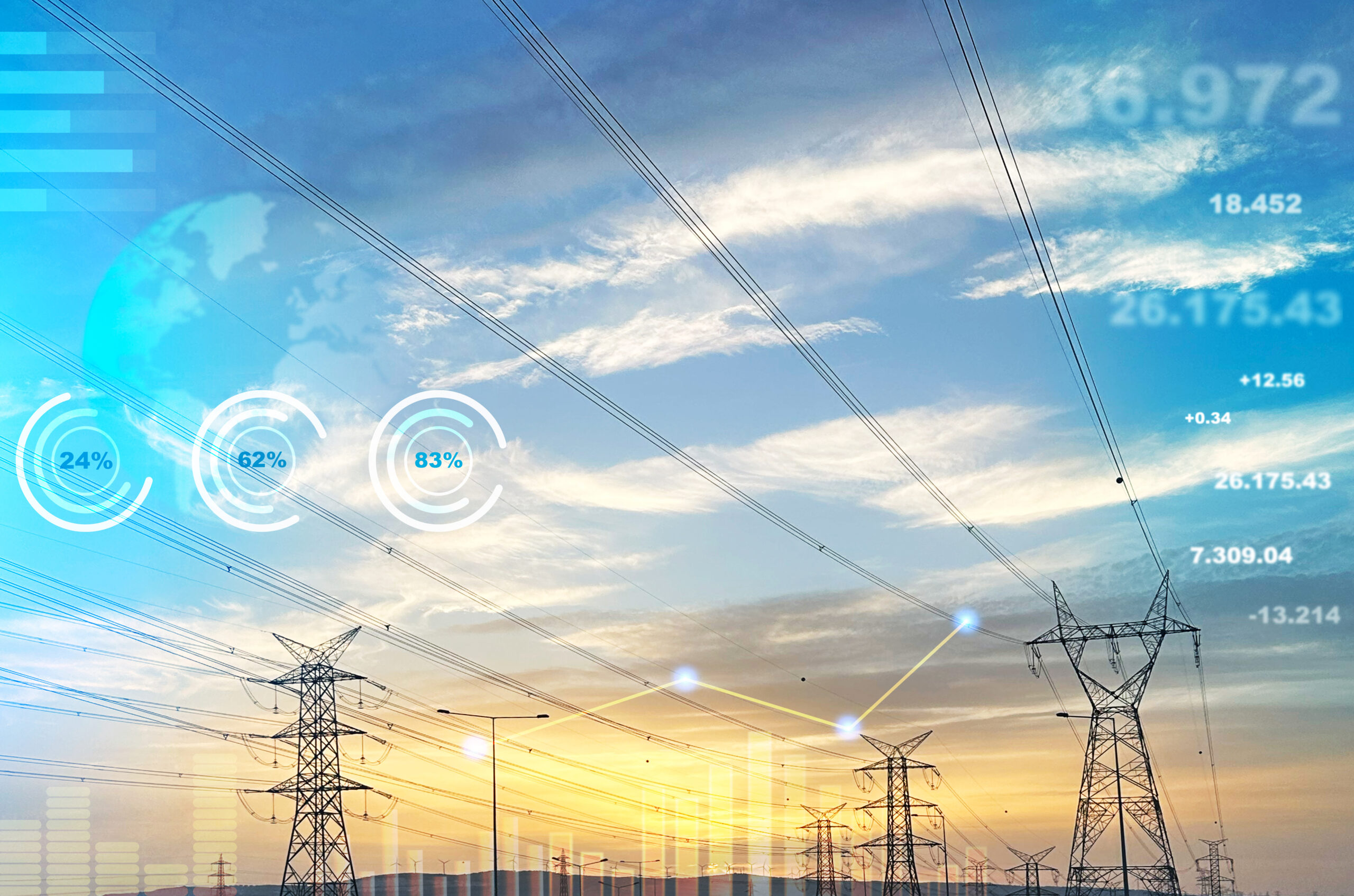
08.08.2024
CleanExport: Norway’s Role in a Decarbonized European Energy System
Europe’s need for clean energy is growing, and today Norway is well-positioned as a supplier. The SINTEF-led CleanExport project explored how Norway should further position itself as a central player in the export of clean energy to Europe.
Conducted by SINTEF from 2020-2024, the project received 14.7 million NOK in funding from the Research Council of Norway.

CleanExport. Illustration: SINTEF
Background
was developed in the wake of the Paris Agreement and the increasing need for decarbonization of the European energy system. The project examined how Norwegian clean energy exports would evolve in response to reduced demand for fossil fuels in Europe. The main goal was to provide strategic guidance and investment support to strengthen Norway’s position as a future supplier in this area.
During the course of the project, two unforeseen events occurred: the COVID-19 pandemic and the Russian invasion of Ukraine. Both significantly altered the European energy system, leading to large fluctuations in energy demand, supply, and prices. Additionally, new legislation was introduced in the EU through revisions of the Renewable Energy Directive, the European Green Deal, and REPowerEU.
Significant Impact
The project’s focus on optimization models for energy systems provides both industry and research partners with an overview of existing models and their benefits, a new version of a sector-coupled European electricity model (EMPIRE), and a new flexible energy system modelling framework (EMX). This framework can be adapted to specific needs in individual analyses and is openly available on GitHub.
Advantage of EMX lies in giving users a high degree of flexibility in designing a specific model instance. Examples include which cost descriptions are used for a technology in each region, how efficiency is modelled, or which technologies are available in the individual regions.
– Studies in the project provided both industry partners and policymakers with knowledge on how Norway can remain an energy export nation in the future. It is crucial to understand how Norwegian energy export infrastructure is affected by external circumstances. This provides new insights into the various energy export options, says Aage Stangeland from CLIMIT R&D/the Research Council of Norway.
New Insights
A key focus of the project was developing an optimization framework for energy system models. Future energy system scenarios were simulated, providing the following insights:
- Norway can maintain and further develop its role as an energy export nation in a decarbonized European energy system.
- Investments in renewable power production are crucial for the future export of clean energy, regardless of whether the energy is exported as hydrogen, ammonia, or electricity.
- Prospects for future Norwegian hydrogen exports indicate hydrogen production from natural gas reforming with CCS in the initial phase. With the potential for hydrogen from electrolysis later. The initial dominance of natural gas is due to the lack of available power in the coming years.
- Development of EnergyModelsX (EMX) – a modular, multi-energy modelling framework. Significant improvements to the existing power system model EMPIRE.
The CleanExport project also had secondary goals:
- Integration and harmonization of tools for energy system expansion planning to enable technical-economic quantitative analysis.
- Study of complementarity and synergies between renewable sources, natural gas, hydrogen, ammonia, and CCS within an energy system context.
- Establishment of high-quality data and defining the most relevant case studies.
- Study of how large-scale Norwegian hydrogen production for energy export can trigger a domestic hydrogen market.
- Education of a PhD student and a postdoctoral fellow on topics related to mathematical optimization models for integrated natural gas and power markets, and operational flexibility for low-carbon energy systems.
Dissemination
The CleanExport project has resulted in several published articles and drafts for new ones. During the project period, results were presented to industry partners at semi-annual seminars. Additionally, CleanExport results were presented at several conferences and used as a basis for op-eds.
– An important legacy of the CleanExport project is related to the EMX modelling framework and modifications to the EMPIRE model. EMX was presented through JuliaCon 2023 and two open webinars. This is applied in several subsequent EU projects, NFR projects, and FME InterPlay. Furthermore, SINTEF is in contact with several industry partners to facilitate the integration of EMX in their organizations, says project leader Julian Straus at SINTEF.
CleanExport organized a seminar titled “Clean Energy Export from Norway” in Oslo, attended by 35 participants from research, industry, and NGOs. The seminar conveyed knowledge from the project far beyond the project group and participating partners. Results from the CleanExport project are also combined with results from several other FME projects, all led by SINTEF.
